Simple genoise sponge cake recipe (Mary Berry’s)
Dreaming of being the next British Baking Show champion? Then you’d better have your genoise sponge cake recipe down pat. There’s a version of this light and airy cake made around the world and called a lot of different names, but this version will be all yours. Meant as a base recipe, it’s quite plain so be prepared to pump things up with fillings, toppings and syrups.
Jump to Recipe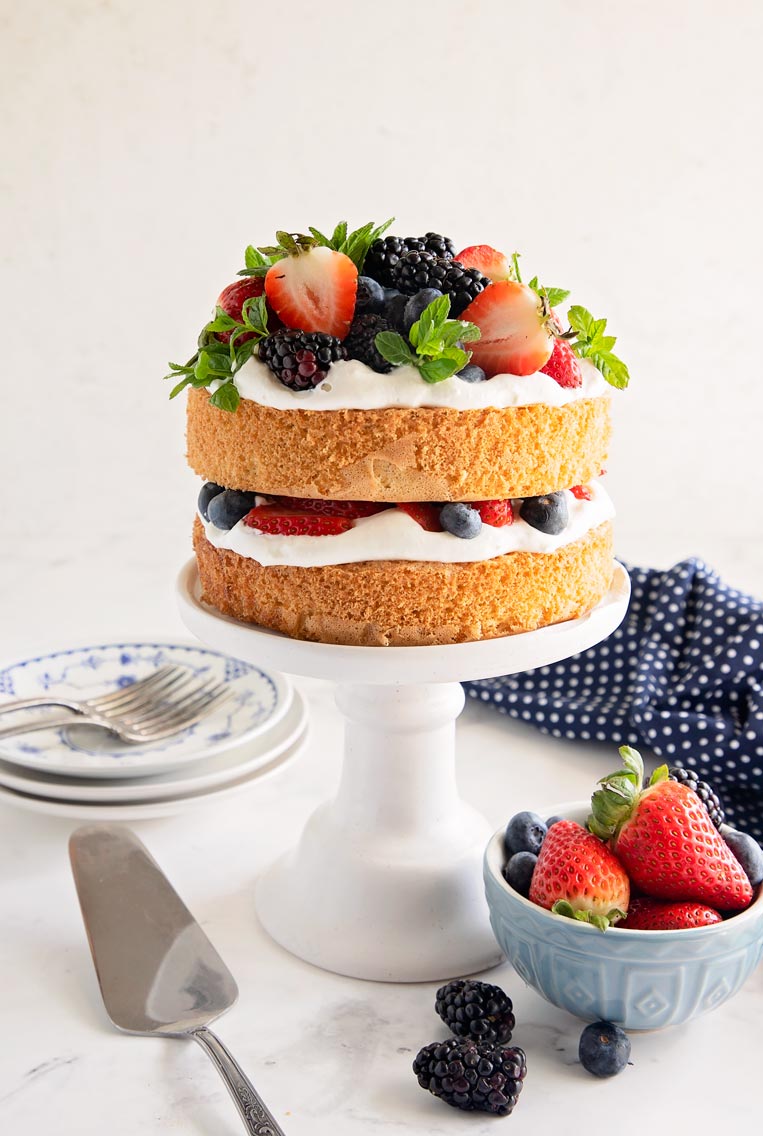
Techniques can get complicated when it comes to baking. And there are a lot of versions of this genoise that are pretty heavy on the technical stuff. But you’ll be sitting pretty with this version as long as you do a couple of things.
We’ll cover those in just a second.
What is a genoise sponge cake?
Genoise is a foam cake. Meaning it is made from foaming and whipping eggs until they look more like a light cloud and nothing like eggs at all–and that lightness provides the lift for the cake.
Genoise cakes are Italian and French in their origin and named for the city of Genoa in Italy. You may be familiar with another sponge cake: Angel Food which is popular here in the U.S. Angel food cakes use only the egg whites to make a meringue but genoise uses whole eggs.
What does a genoise sponge taste like?
It tastes subtly of eggs, is a bit sweet and very moist. It’s a lovely cake to look at, but it doesn’t have tons of flavor. The first time I made one I was really a bit disappointed. But then I realized the trick: This cake is meant to be a flavor carrier for amazing fillings, frostings, curds or syrups and can handle any of them.
If you want yours to be more like a cake from the grocery store, add vanilla or almond flavoring and it will be more palatable on its own. But that sort of ruins the point of the thing.
What other recipes are made with genoise cake as the base?
Genoise is used to make madelines, certain cake rolls, ladyfingers, Mokatines and tons of other beautiful bakes I’m yet to tackle.
Inspiration from our friend Mary Berry
When I made this version, I went straight to the only source I trust for a recipe like this: Mary Berry. My soulmate.
Mary Berry‘s mokatine recipe was the only place online I could find the recipe and it’s part of a larger bake, so I adapted what I found for both volume and weight.
You’ll be much more likely to succeed with this recipe if you do everything by weight. Don’t own a scale? This one is top rated and worth the investment if you bake alot.
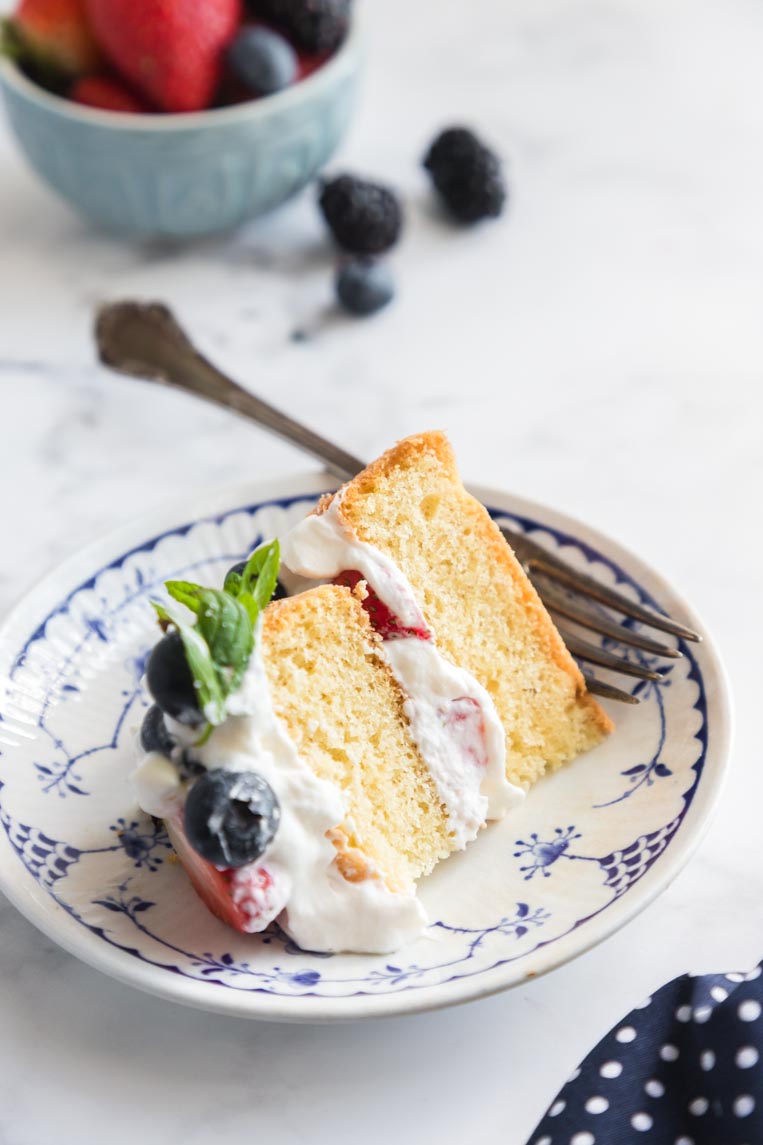
Volume vs weight for baking and what you should do
You should go by weight. I am including volume measurements in this recipe because so many people just refuse to try a scale. But if you want an accurate, perfect final result you need weigh your ingredients in grams. If you message me and tell me your cake flopped, the first thing I’m going to ask you is if you used a scale.
Tips for genoise success
- Use room temperature eggs. I used “large” brown eggs. Try to use a similar size for consistency. If you need to warm your eggs quickly, put them in a cup or bowl of hot water for 10 or 15 minutes.
- Use a hand or stand mixer. To get the eggs to take on air, you’ll need a very powerful hand mixer or a stand mixer like a Kitchen Aid. Of course cooks have made this cake for ages without powered tools so if you want to whisk like crazy, it’s your choice.
- Don’t under mix your eggs and sugar. Maybe the most important part–we’re going to whip the eggs and sugar to ribbon stage for volume.
- When you add the flour and butter, be gentle. Hold them close to the egg mixture and spoon it in gently and slowly. Being rough with the batter will knock out all the air and ruin your cake.
Let’s look at the steps–you’ll do great
Start by preheating the oven (see recipe below) and lining the bottom of 2, 6-inch round cake pans with parchment. Don’t grease the sides. Set aside.
Whisk the warm eggs and sugar together in a stand electric mixer (fitted with the whisk attachment) or in a bowl. You’ll need a lot of patience with this part if you want to do it by hand. In a stand mixer on the highest setting it takes close to 10 minutes. By hand, you may need closer to 20.
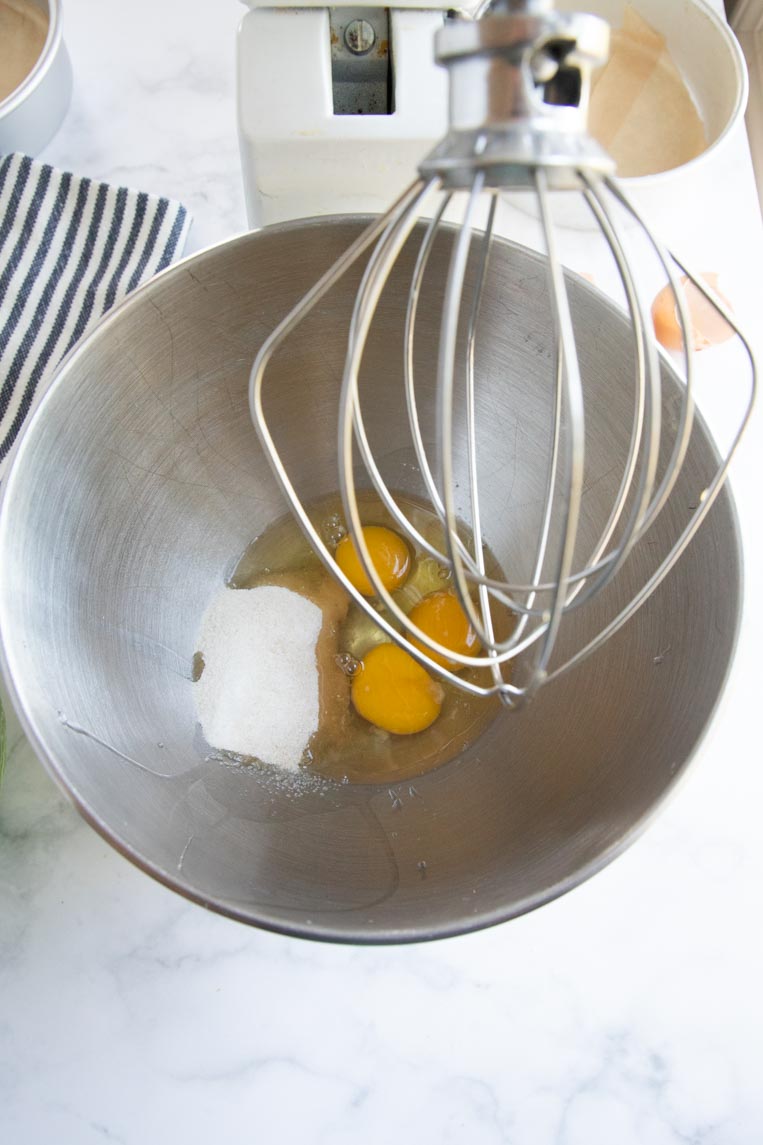
When ready, the eggs should be almost white, triple in volume at least and be in “ribbon” stage. That means when you pull out the beater, you should be able to see a ribbon of batter that holds its shape for 3 to 5 seconds on the surface of the batter before sinking in.
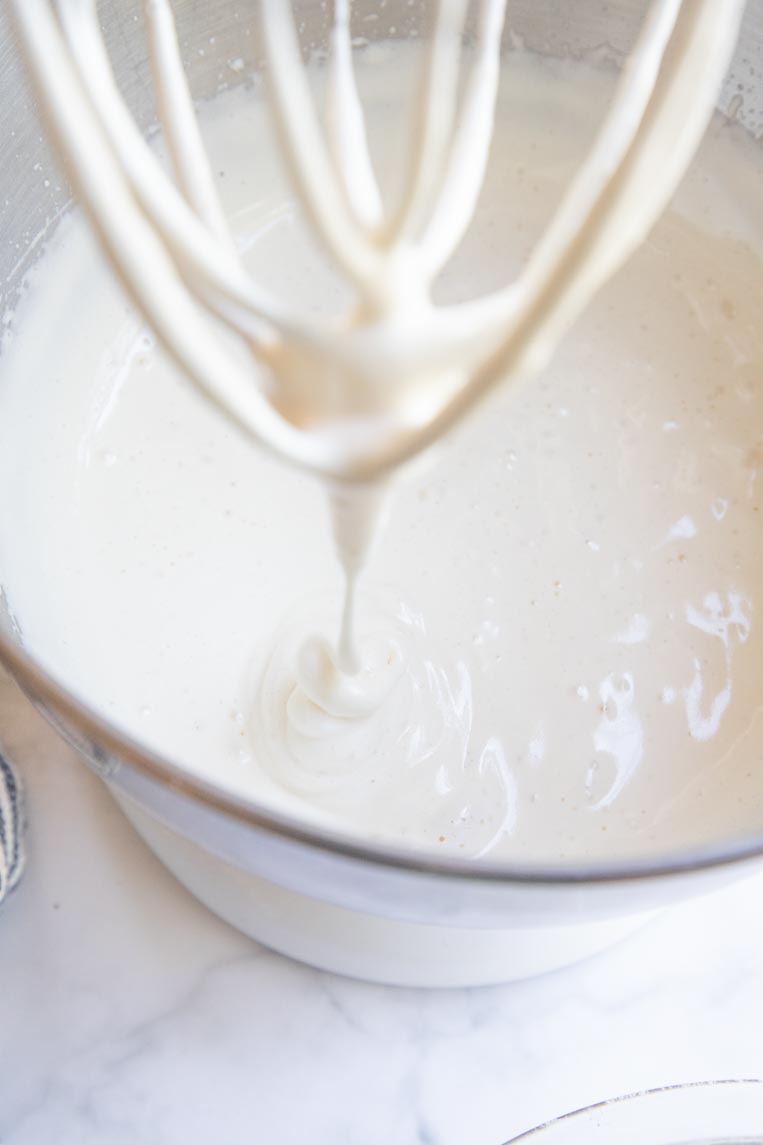
Next add sifted flour. We added cornstarch to ours which is more like homemade cake flour and a bit of baking powder. Measurements in the recipe card for that. Add the flour gently with a spoon, half at a time and take care not to knock the bubbles out of your eggs. Fold in the first half of the flour.

Once the flour is mostly in, gently pour half the melted butter around the edge of the mixture. If you can get it to drip down the side of the bowl and in, even better. Fold that in, then repeat with the last half of the flour and the last half of the butter.
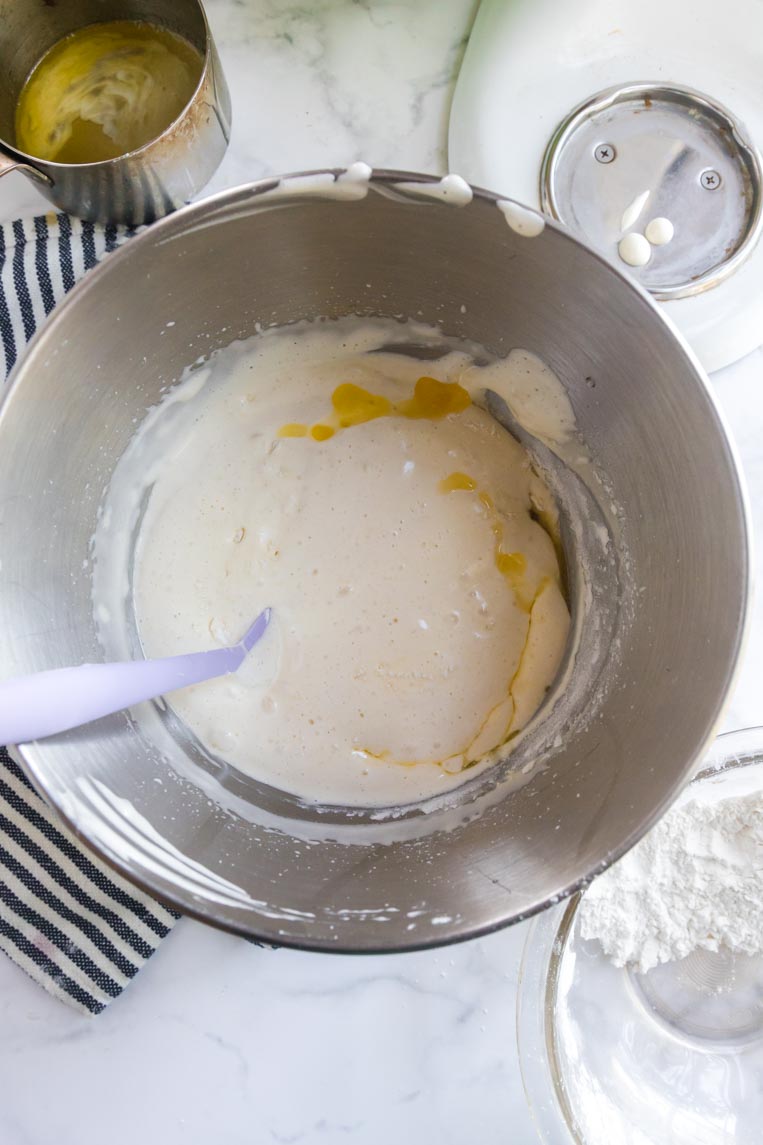
Finally, transfer your batter to your baking pans and put them gently and promptly into the oven. Jiggle them as little as possible and hold the bowl very close to the pan as you scrape it in so the air stays. They will rise a bit in the oven, but nothing too crazy. *Remember not to grease the sides of your pan or else the cake may not rise at all.
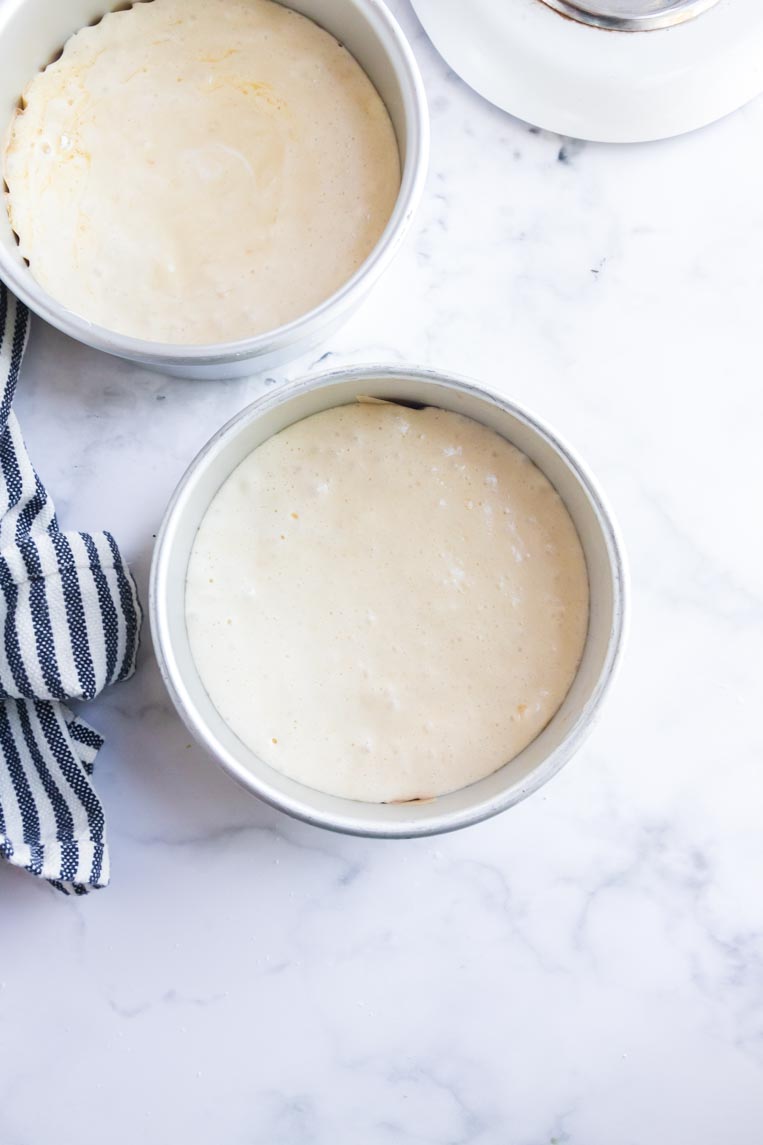

Run a sharp knife around the edges, then turn them out to cool. Cakes may be split in to layers if needed once cooled.
Fillings, frostings and flavor ideas for genoise
This should be an endless list, but get started with these recipes to boost the flavor of your genoise:
- Homemade whipped cream (you can use the whipped cream from my raspberry fools recipe)
- Homemade jam
- Lemon or lime curd
- Chocolate buttercream
- Coffee buttercream
- Mascarpone filling
- Sugar syrup


No Fuss Genoise Sponge Cake (Mary Berry’s)
Ingredients
- 40 grams butter unsalted, 4 tablespoons
- 3 large eggs room temperature
- 75 grams sugar 1/3 cup + 1 tablespoon
- 65 grams self rising flour 1/2 cup + 1 tablespoon, see note 1 for all purpose flour
- 10 grams cornstarch 2 1/2 teaspoons
Instructions
- Preheat the oven to 350 Fahrenheit, line 2 6-inch baking pans (or 1 9-inch) with parchment paper on the bottom only. Don't grease the sides. Set aside.
- Melt the butter in a sauce pan or microwave, set aside to cool slightly.
- Mix the flour and cornstarch together in a small bowl. If you are using all purpose flour, make sure to add the baking powder and pinch of salt listed in the notes area of this recipe. Sift the flour and cornstarch together a couple of times to remove any lumps and set aside.
- In the bowl of a stand mixer or with a hand mixer, beat the eggs and sugar on full speed until the mixture is almost white, triples (at least) in volume and reaches ribbon stage (see post above). About 10 to 11 minutes on high for a stand mixer, closer to 15 minutes for a hand mixer and 20 minutes or more if whisking by hand.
- Add half the flour very gently. Fold in to the egg mixture, then add half the butter, pouring it around the edge of the bowl. Fold in. Repeat with the remaining half of the flour and butter. Take care not to fold out too much air.
- Transfer the batter to your baking pan(s) and bake 22-25 minutes on the center rack, with the cakes closer to the oven door. Try not to open the door for the first half of baking.
- Check your cakes a bit early if your oven runs hot. They should spring back when gently pressed or a toothpick comes out clean.
- Use a sharp knife to run around the edges of the pan, then turn the cakes out onto a cooling rack to cool completely.
- Cakes themselves will be good tightly wrapped for up to 4 days. Layers may also be frozen for up to 2 months tightly wrapped.



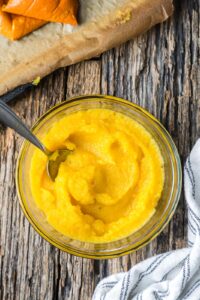




This is such a clear and straightforward recipe, thank you. I’m looking forward to using this as my first attempt at a Genoise Sponge. I’m also going to try a gluten free option once I get this to work – do you have any helpful swaps for this? Thank you
Hey Andrew–I haven’t tried this as a gluten free swap even though I do a ton of gluten free cooking. You could try it but do it with a 1:1 gluten free flour. I always use King Arthur’s gluten free baking blend you may have one you like and want to try. –Rachel